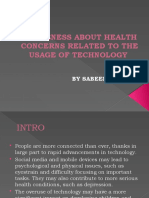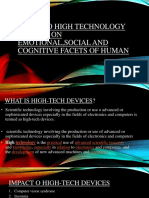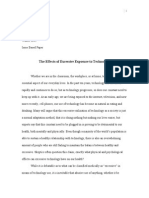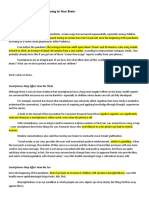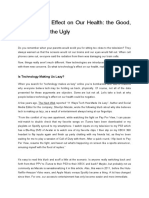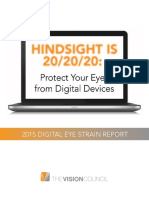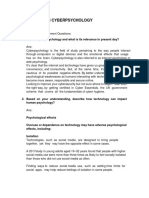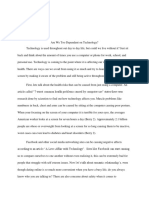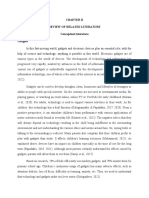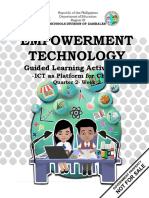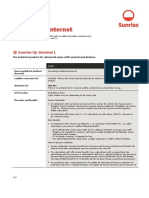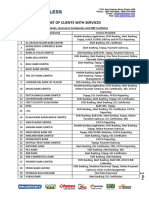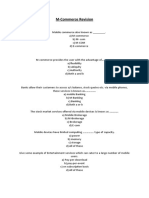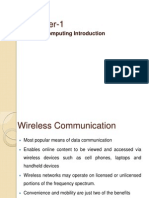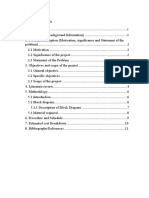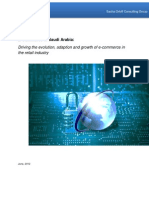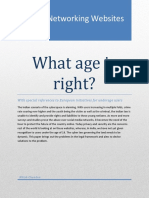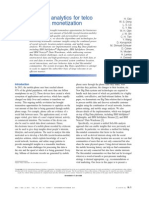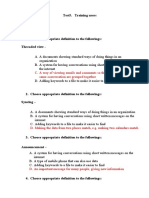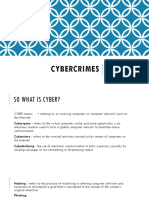0% found this document useful (0 votes)
182 views7 pagesModule 4 - It Era
This document discusses human health in the internet age. It addresses how increased screen time from technology overuse can negatively impact physical and mental health. Prolonged screen time has been linked to issues like computer vision syndrome, obesity from sedentary behavior, and increased risk of cancer and road accidents. Beyond physical risks, constant technology use can also damage personal relationships and mental well-being by reducing real human interaction and connection. The document provides tips to mitigate health risks from screens like taking regular breaks and prioritizing family time without technology.
Uploaded by
Shaira Anjela YuCopyright
© © All Rights Reserved
We take content rights seriously. If you suspect this is your content, claim it here.
Available Formats
Download as PDF, TXT or read online on Scribd
0% found this document useful (0 votes)
182 views7 pagesModule 4 - It Era
This document discusses human health in the internet age. It addresses how increased screen time from technology overuse can negatively impact physical and mental health. Prolonged screen time has been linked to issues like computer vision syndrome, obesity from sedentary behavior, and increased risk of cancer and road accidents. Beyond physical risks, constant technology use can also damage personal relationships and mental well-being by reducing real human interaction and connection. The document provides tips to mitigate health risks from screens like taking regular breaks and prioritizing family time without technology.
Uploaded by
Shaira Anjela YuCopyright
© © All Rights Reserved
We take content rights seriously. If you suspect this is your content, claim it here.
Available Formats
Download as PDF, TXT or read online on Scribd
/ 7








